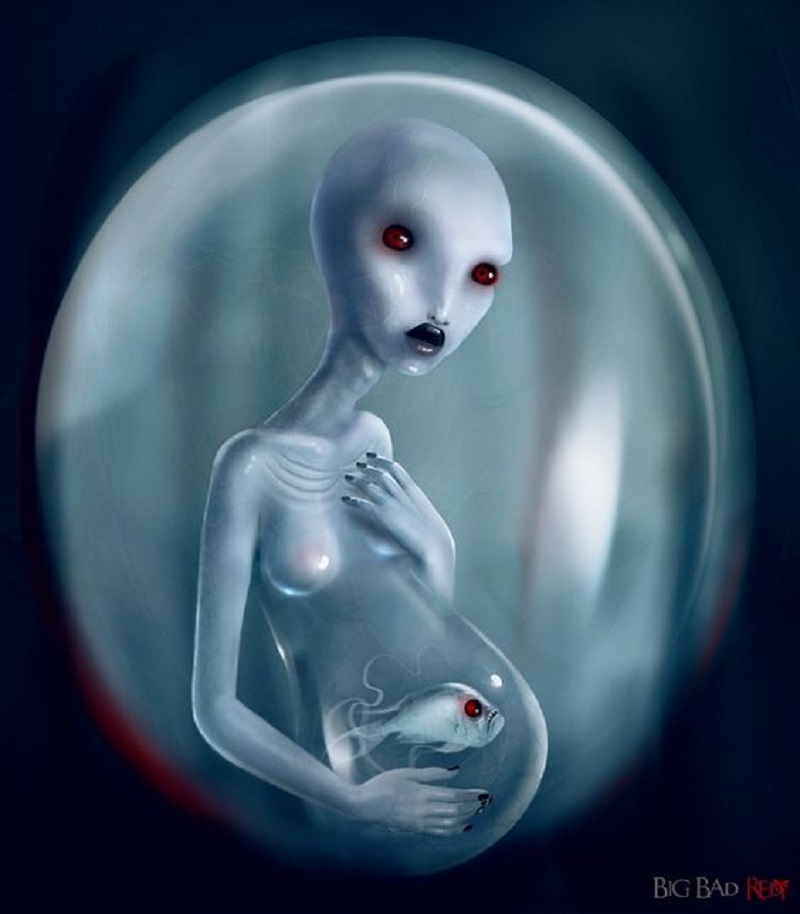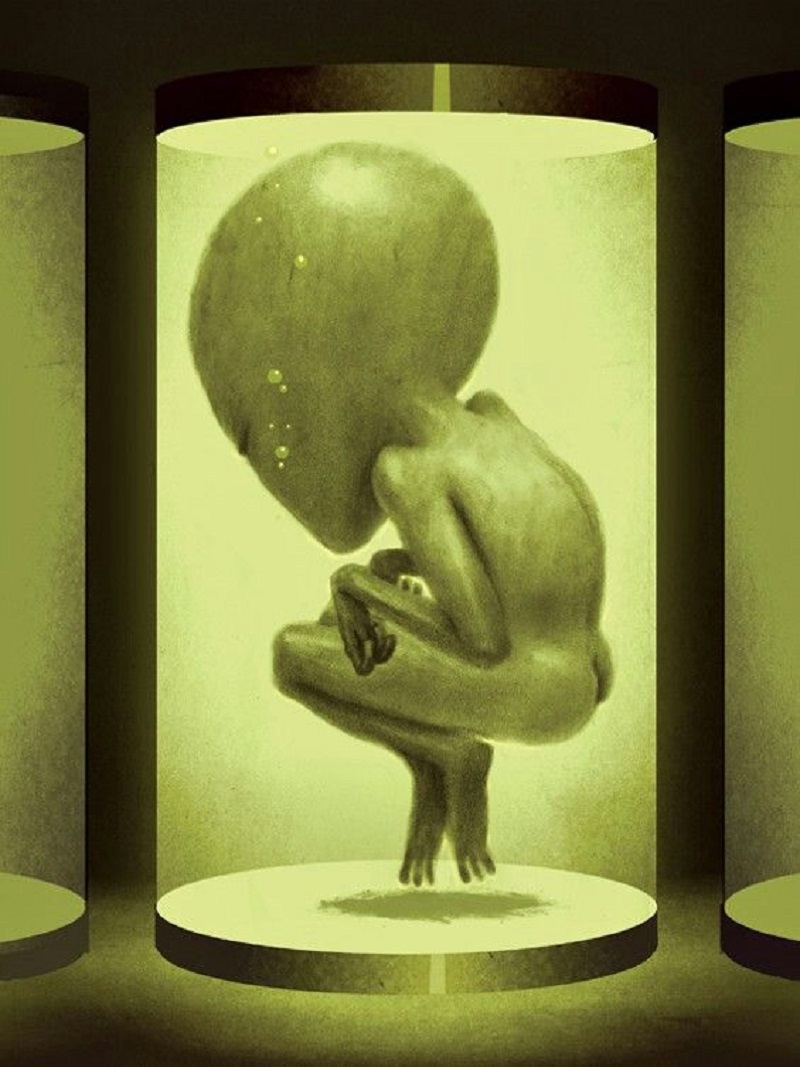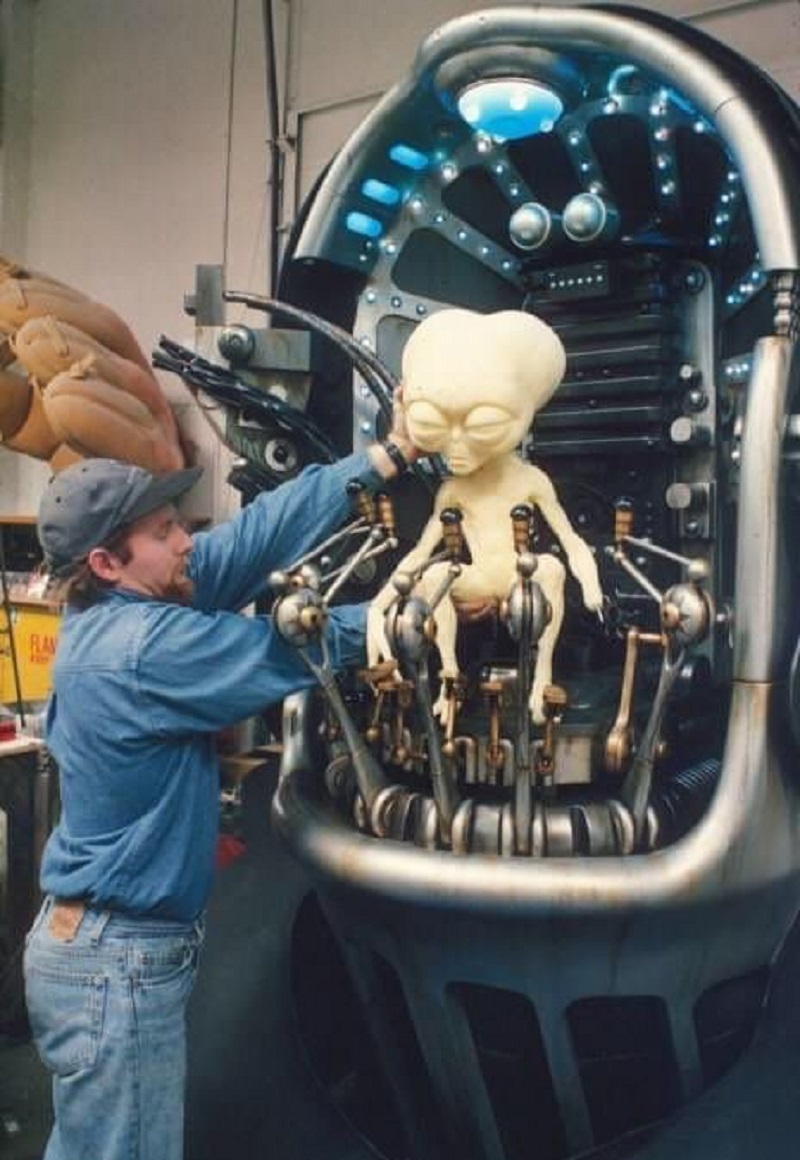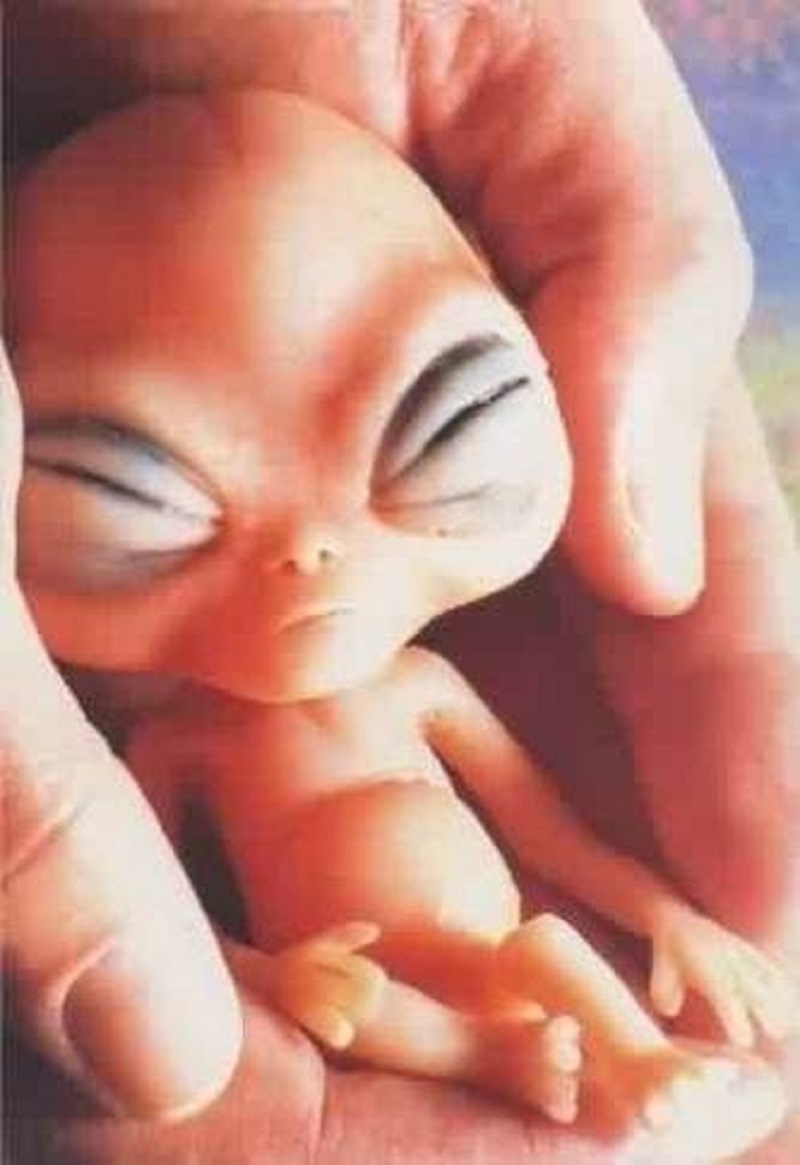The fascination with extraterrestrial life has long fueled speculation and curiosity about how beings from other planets reproduce. While popular culture often portrays alien reproduction in fantastical and sensationalized ways, the reality may be far more complex and nuanced. In this exploration, we aim to unravel the mysteries surrounding extraterrestrial reproduction, distinguishing between fact and fiction to shed light on this enigmatic aspect of alien biology.
First and foremost, it’s important to acknowledge that our understanding of extraterrestrial life is purely speculative at this point. While scientists continue to search for signs of life beyond Earth, we have yet to make contact with intelligent beings from other planets, let alone observe their reproductive processes firsthand. As such, any discussion of alien reproduction must be approached with a healthy dose of skepticism and open-mindedness.
That being said, scientists and science fiction writers alike have speculated about the possible mechanisms of alien reproduction based on our knowledge of biology, evolution, and the conditions that might exist on other planets. One common theme is the idea of reproductive strategies adapted to the unique environments and conditions of alien worlds.
For example, some hypothesize that extraterrestrial organisms may reproduce asexually, relying on mechanisms such as budding or fission to generate offspring. This method of reproduction is commonly observed in simple organisms on Earth and may be advantageous in environments where resources are scarce or environmental conditions are harsh.
Others speculate that advanced alien civilizations may have developed sophisticated reproductive technologies, such as artificial insemination or genetic engineering, to control and optimize their reproductive processes. This idea is often explored in science fiction literature and film, where aliens possess advanced scientific knowledge and technology far beyond our own.
Of course, there are also more outlandish and speculative theories about alien reproduction, ranging from the idea of parasitic or symbiotic relationships between different alien species to the concept of extraterrestrial hybrids born from the union of humans and aliens. While these ideas may be entertaining to ponder, they lack empirical evidence and scientific plausibility.
In the absence of concrete evidence of extraterrestrial life, it’s impossible to definitively say how aliens reproduce. However, by applying scientific principles and creative speculation, we can begin to imagine the diverse array of reproductive strategies that may exist among alien species inhabiting distant planets.
Ultimately, the exploration of extraterrestrial reproduction serves as a reminder of the boundless diversity and complexity of life in the universe. While we may never know for certain how aliens reproduce until we make contact with them, the quest to understand the mysteries of the cosmos continues to inspire curiosity and wonder in scientists and enthusiasts alike.









